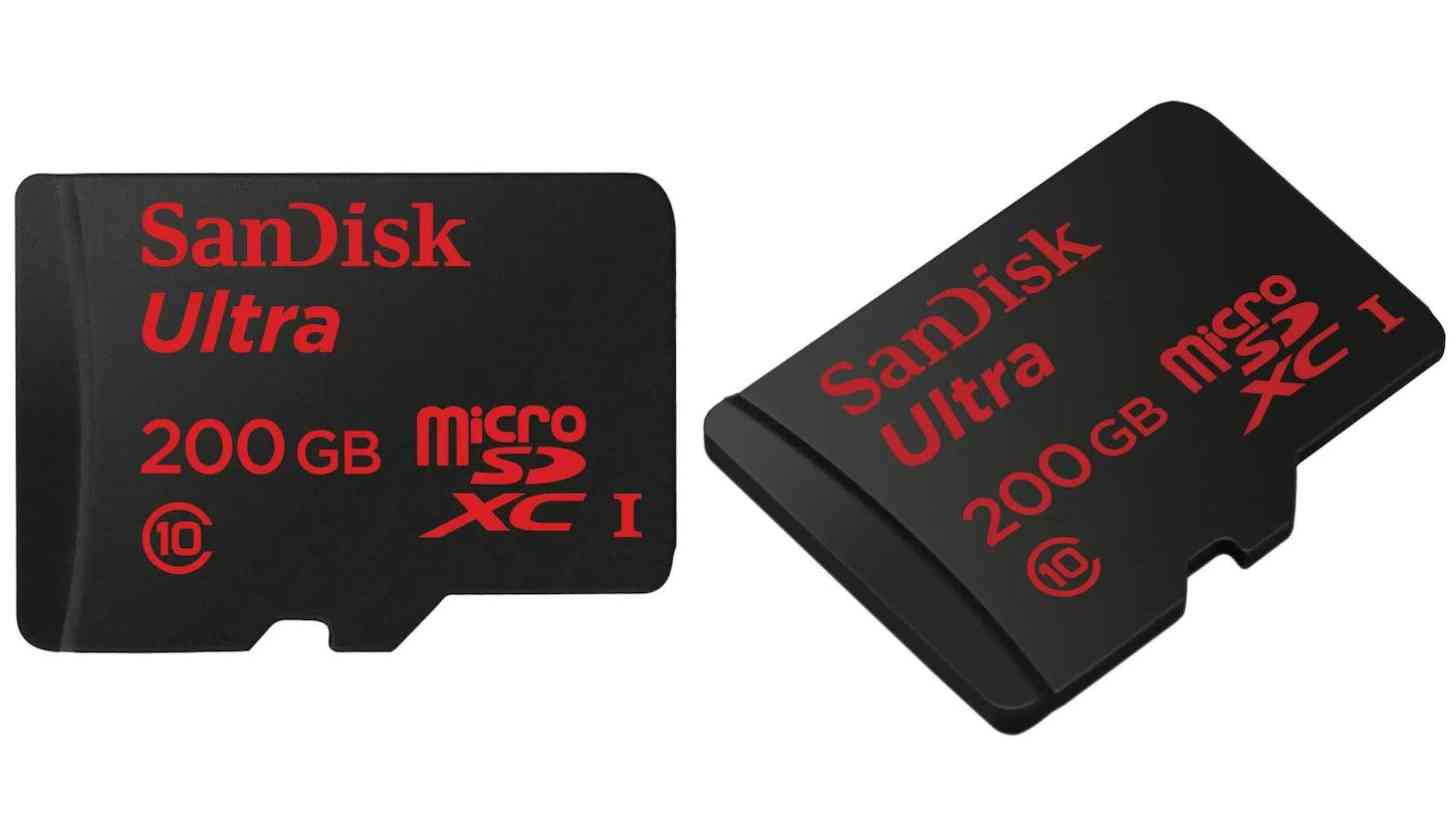
One of the best things about my time with switching phones all the time was not having to rely on the cloud. Back then, I was moving from devices in the Android ecosystem, with a few pit stops here and there with Windows Phone, and that meant support for microSD cards. I legitimately thought that was a huge bonus back then, even when I was still transitioning most of my files, pictures, and videos over to the cloud.
I’ve always been a big fan of the cloud, even in its infancy, but the microSD card meant that I had everything I wanted, all the important photos, right there when I needed them, right when I booted up a new device. I didn’t have to wait for access, or a stable internet connection, or anything like that. All my stuff, right there and waiting.
That eventually stopped being the case as I shifted away from phones that supported microSD cards. I rely on cloud storage now almost entirely for the things I want to keep around, or have access to wherever I might be. Sure, I need to make sure that I have a connection to the internet to access those things, but more often than not, I do.
It was that reliance on the cloud that made me think I could get away with buying phones, and sometimes even tablets, with a low amount of built-in storage. I learned my lesson the hard way and pretty quickly, too, so I’m actually using cloud storage less as a go-to option and more as a backup all over again. Any phone that I buy now has to have at least 32GB of built-in storage, and even then that feels like it’s pushing it.
Right now, my phone has 128GB of built-in storage, and I’m using 80GB and that’s after a big purge not too long ago.
The majority of that storage is being used up by, you guessed it, photos and videos with a total of 65GB used up. Immediately under that is Spotify, the music service I’ve been sticking with recently, which is using up 10GB. The rest of it is a bunch of other apps, Facebook taking up almost 500MB for some reason, and so on and so forth.
That’s how it used to be on my microSD cards, too. A lot of space in general, but most of that going to photos and videos. That will probably always be the case. Then again, it definitely depends on the device. My iPad is just a photo and video viewer when it comes to pictures I can grab from the cloud. Otherwise, its 128GB of storage is used up by apps.
I’ve got a ton of apps on there, both for myself and my kids, that probably never get any attention. But I keep most of them on there “just in case,” because you never know when you’re going to want to play a game of *Fruit Ninja*, right?
I got to thinking about all of this because there are rumors beginning to swirl that Apple is going to introduce a 256GB storage option for its iPhone lineup. It already has the storage space for the iPad Pro units, but it’s been a long time coming for the iPhone to get the feature, as far as I’m concerned.
Actually, more than anything, it’s about time that Apple ditches the 16GB option for its flagship iPhone, and if introducing a 256GB variant means that happens, well, fantastic.
(A 256GB iPhone 7 Plus is going to cost *so much money*.)
So I’m curious to know what’s taking up all the space on your phone, how much space you have (whether that’s just built-in, or coupled with a microSD card), and how much do you rely on cloud storage to help alleviate some of the strain on your device?